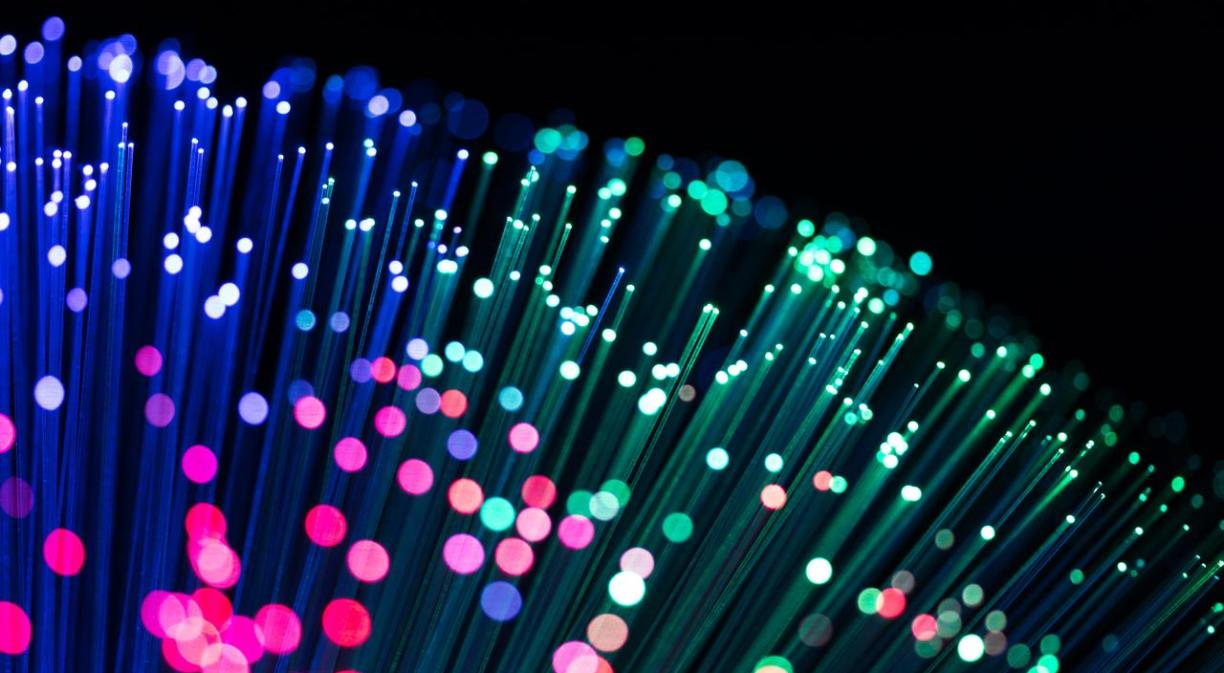Digital progress is a revolution whose pace knows no bounds. New technological tools are steadily replacing their predecessors, for instance, copper exchanges are being replaced by fibre ones.
To date, Telefónica has closed over a thousand copper plants, thanks to the implementation of FTTH fibre, which represents a major advance in digitalisation in our country as well as compliance with the company’s strategic environmental commitment to reaching zero net emissions by 2025.
It is worth remembering that the closure of a copper station entails an energy saving of more than 1000 GWh, i.e. some 355,000 tonnes of CO2, the equivalent to planting six million trees.
In addition, a fibre switchboard provides service to the same number of accesses as those provided from four copper plants, and fibre access technology only occupies 15% of the space occupied by copper access.
There is data showing that this is a step forward, not only from the point of view of sustainability, but also regarding the multiple advantages that this technology brings to both businesses and households.
The arrival of fibre optics means a great increase in speed, improved stability and bandwidth, as well as a great reduction in latency.
The beginning in 2016
Telefónica initiated this plant closure plan in 2016, with the aim of decommissioning all copper plants by 2025, year when the 3G shutdown will also be completed.
Since 2016, the company has achieved its goals non-stop despite the circumstances that took place in recent months due to the pandemic, which has had consequences in all areas of life.
The success of this transformation has also meant that Spain has set an example in Europe in terms of fibre optic deployment throughout its territory.
The dismantling of Telefónica’s first thousand copper plants involves dismantling some 65,000 tonnes of cable and recycling 7,140 tonnes of waste electrical and electronic equipment, known as WEEE.
In addition, more than 128,000 cards have been reused in its network and, as mentioned above, around 1,000 GWh have been saved.
The company emphasises that this process of plant renewal also means a boost to the circular economy thanks to the reduction of space, the reuse of materials and the recycling of components, all within the company’s aforementioned environmental commitment to net zero emissions by 2025.
Spain, European leader
According to the FTTH Council Europe report (data from September 2020) Spain ranks third in Spain in fully fibre networks, only behind Iceland and Belarus, although with the important difference that these countries are very different in size to Spain.
Although these countries have an 8% higher penetration of fibre in homes, exceeding 70%, we are talking about a country with some 47 million inhabitants and 506,000 km2, compared to Iceland, with only 360,000 inhabitants and an area of 103,000 km2, or Belarus, with an area of 207,600 km2 for 9.5 million inhabitants.
When compared to countries with figures more similar to ours, we find France in twelfth place, with less than 30% FTTH.
To the home
Fibre optic networks are referred to by the acronym FTTx. The letter that replaces the “x” is the letter that determines which configuration has been used. Unlike in other countries, the fibre optic connection that is being deployed the most in Spain reaches the customer’s home or office–it is the so-called FTTH (Fibre to the Home).
It represents progress over other types such as FTTN (Fibre to The Node), FTTC (Fibre to The Cabinet), FTTB (Fibre to The Building) or FTTC (Fibre To The Cabinet).
In the case of the FTTH network, the fibre reaches the home from the switchboard, while with the FTTB network it ends up in the customer’s building and from there it is distributed among the homes via copper (FTTB), thus saving costs, just like with the FTTN network, whose final destination is a node from which it then links up with the home or office via another type of cable such as coaxial (HFC), or the fibre ends up in a cabinet, in the street, further away from the subscribers (FTTC).
We are talking about a difference in terms of a faster, more reliable and secure Internet connection, because it is not the same for data to flow directly into the living room as it is for fibre to go up to an intermediate distribution point inside or to the vicinity of the subscribers’ building.
Rapid evolution
The month of July 2017 is now long gone, a time when for the first time the number of fibre optic lines surpassed ADSL–5.7 million versus 5.5–in a process that began to reverse in 2014, when there were 9.2 million copper connections and only one fibre connection (data from the Spanish Securities Market Commission).
According to CNMV (Spanish Securities Market Commission) data, in 2015 fibre-to-the-home (FTTH) lines accounted for 23% of the market. Nowadays, they are the predominant technology, accounting for almost 75% of total broadband connections.
The number of active FTTH broadband connections has reached 12.3 million, 14% more than a year ago–data from the second quarter of 2021–of which 10.3 million were homes and 1.9 million businesses.
Scientific use
The step forward that fibre over copper implies can also be seen in its scientific use. An example of this is the installation by scientists of the CSIC (Spanish National Research Council) of a device on the fibre optic cabling of the Roque de los Muchachos Observatory on La Palma–part of the Canary Islands Astrophysics Institute–which will allow better monitoring of the seismic activity caused by the Cumbre Vieja volcano.
The installation of the DAS (Distributed Acoustic Sensing) interrogator device will transform one of the observatory’s eight-kilometre-long fibre-optic cables into a seismic network of thousands of ground motion sensors , which will fine-tune the monitoring of the seismic activity generated by the La Palma volcano eruption.
As with everything in this increasingly digital and technological world, evolution means progress, and the switch from copper to fibre is an example of this and a great leap forward in terms of both the creation of new infrastructures to house this technology and its multiple advantages for individuals and companies alike.







